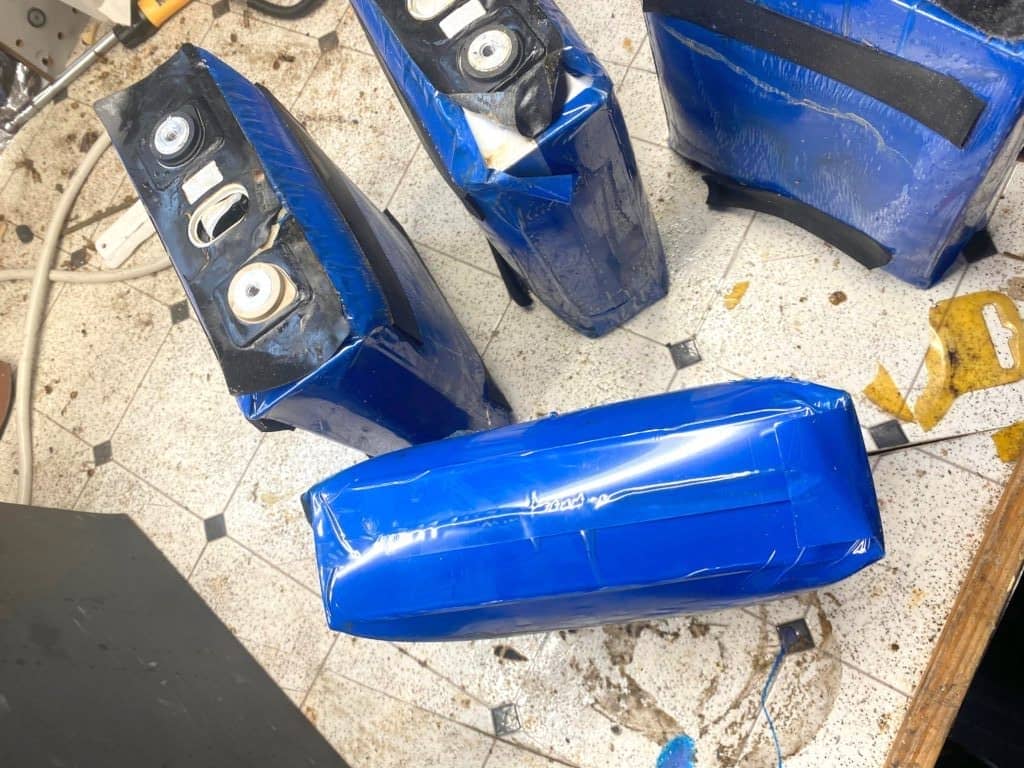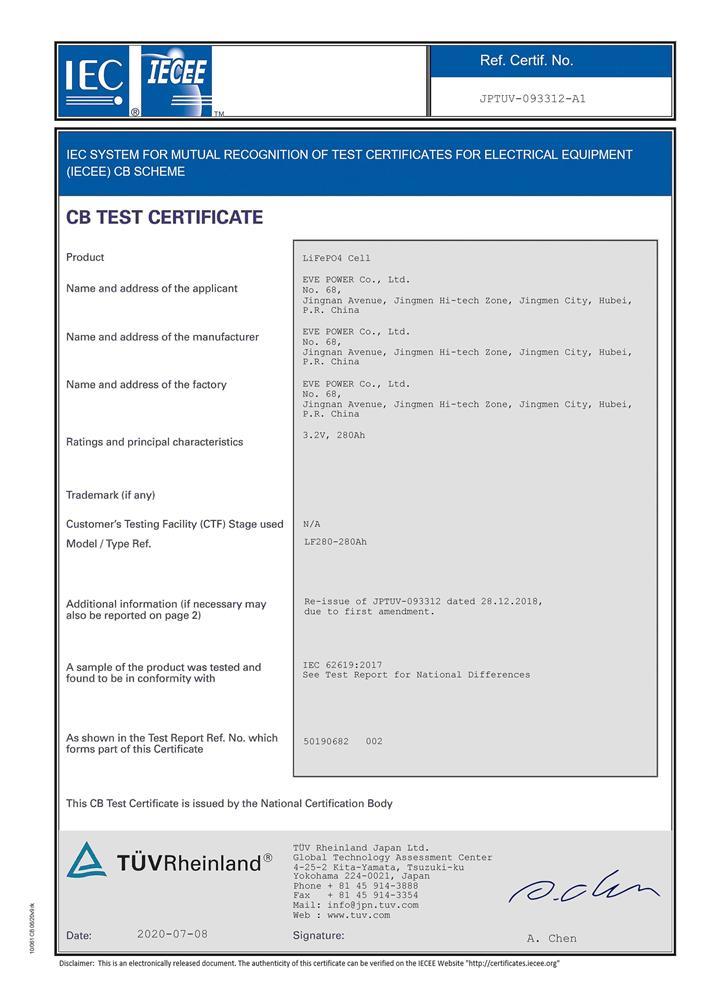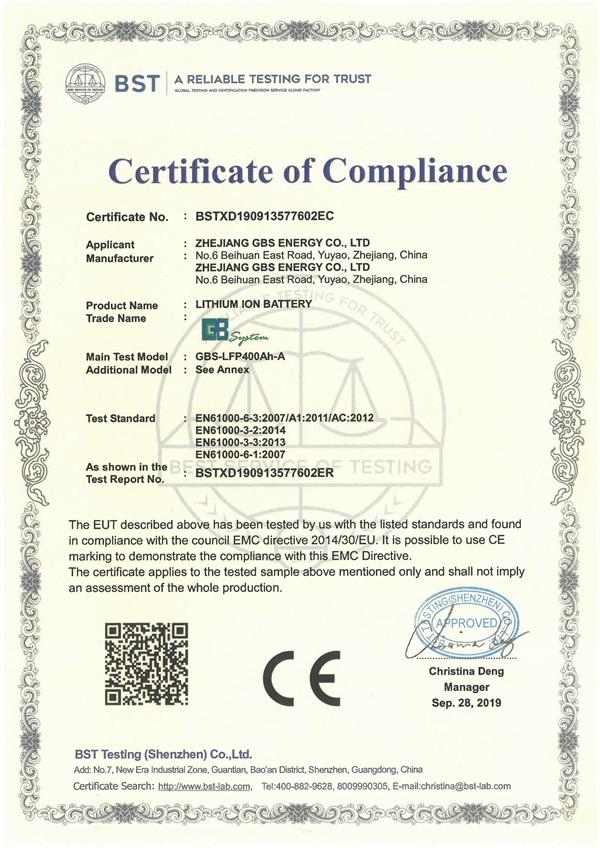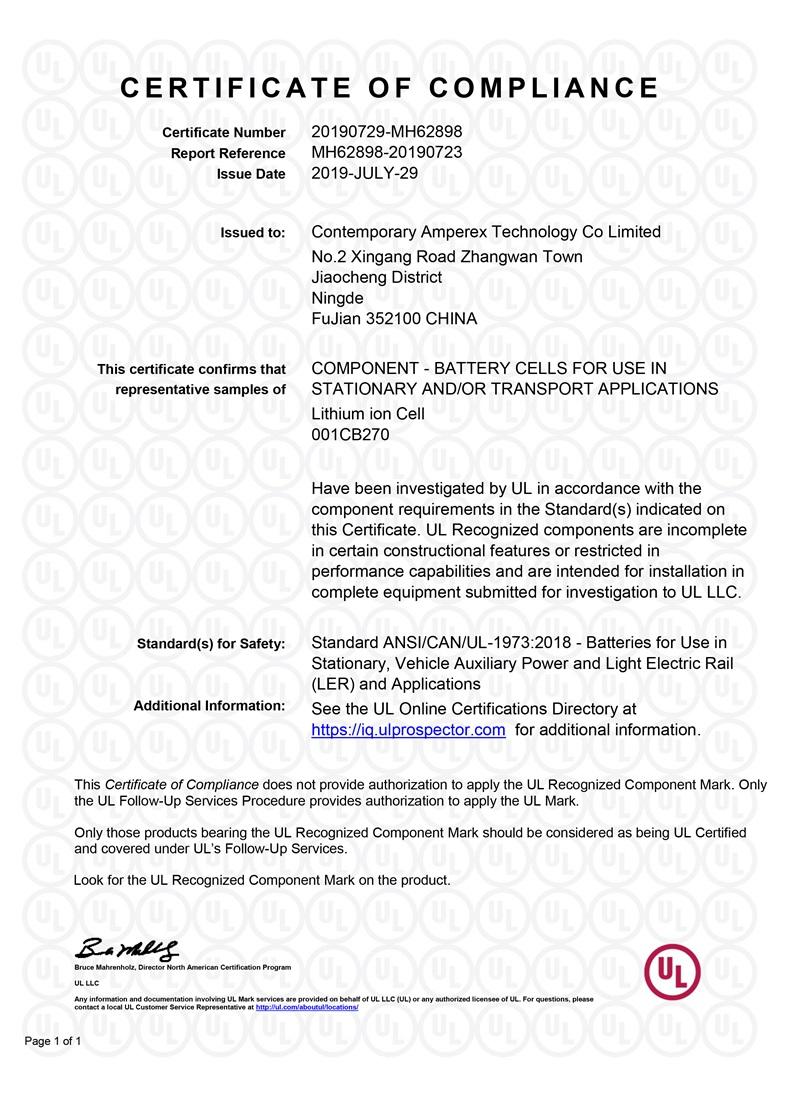Blog
Understanding and Preventing Swollen LiFePO4 Batteries: A Comprehensive Guide
2025-06-30 | Calvin

LiFePO4 (Lithium Iron Phosphate) batteries are widely used in various applications due to their stability and long life cycle. However, like any other type of battery, they can experience issues — one of the most concerning being swelling. A swollen LiFePO4 battery isn't just an inconvenience; it can also be a sign of serious internal damage. In this article, we’ll explore why LiFePO4 batteries swell, what causes the issue, and how to prevent it from happening.
What Causes Swollen LiFePO4 Batteries?
Swollen batteries are typically a result of excessive heat or gas buildup within the cell, leading to deformation. Here are the primary reasons why LiFePO4 batteries can swell:
1. Overcharging
Overcharging is one of the most common causes of swelling in LiFePO4 batteries. When a battery is overcharged, lithium atoms move from the positive to the negative electrode, causing a loss of lithium in the positive electrode. This imbalance results in the battery expanding. Overcharging not only causes swelling but also damages the battery's internal structure, leading to a decrease in overall power and efficiency.
2. Over-Discharge
Just as overcharging is harmful, discharging a battery beyond its limits can also cause serious damage. LiFePO4 batteries rely on a protective passivation layer over the negative electrode. Excessive discharge can damage this protective layer, causing the electrode material to deteriorate and the battery to swell.
3. Manufacturing Defects
Sometimes, battery swelling is due to issues in the production process. For example, uneven electrode layers or defects during manufacturing can lead to internal imbalances, causing the battery to puff up over time.
4. Long-Term Idle Time
If a LiFePO4 battery is left unused for an extended period, it may begin to swell. This happens because of air exposure, which can cause a slow internal short circuit between the positive and negative electrodes. Over time, this can result in gas buildup inside the battery, leading to swelling.
Can Swollen LiFePO4 Batteries Be Replaced?
Yes, swollen LiFePO4 batteries can be replaced, but the decision to replace depends on the severity of the swelling. There are two main types of swelling:
1. Reversible Deformation
This happens when changes in the positive and negative materials occur during the regular charging and discharging cycle. Such deformation can be temporary and may go back to normal over time.
2. Irreversible Deformation
This type of swelling is much more serious and is caused by factors like overcharging, over-discharging, or overheating. The gas buildup inside the battery leads to permanent deformation. In these cases, the battery should be replaced immediately as it could pose safety risks, such as short circuits or even fires.
Note: Mildly swollen batteries can sometimes be "rebalanced" or compressed, but heavily swollen batteries should always be replaced. Do not attempt to use them, as this can be dangerous.
How to Prevent Swollen LiFePO4 Batteries?
The best way to prevent swelling is to follow proper usage guidelines and avoid abusive conditions. Here are a few tips:
1. Avoid Overcharging and Over-Discharging
Always use a quality charger that is specifically designed for LiFePO4 batteries. This helps prevent overcharging, which can damage the battery and cause swelling. Similarly, ensure the battery is not discharged too much to avoid damaging the protective layers of the battery.
2. Maintain Proper Battery Temperature
Overheating is another common cause of swelling. Ensure your batteries are stored and used within the recommended temperature range. If you're using your battery in high temperatures, consider using cooling systems to help keep it within safe limits.
3. Proper Battery Maintenance
Regularly inspect the battery terminals for signs of corrosion or oxidation. Clean the terminals as needed to maintain optimal performance. This helps ensure the battery performs efficiently and reduces the risk of swelling due to poor electrical contact.
4. Choose Quality Batteries
Not all LiFePO4 batteries are created equal. It’s crucial to choose batteries from reliable, well-known brands with good reputations. Poor-quality batteries are more likely to experience issues like swelling, and while they may be cheaper, they can be unsafe in the long run.
5. Avoid Long-Term Idle Time
If you're not using the battery for an extended period, store it in a cool, dry place. Ideally, maintain the battery charge at around 50% if it will not be in use for a while. This reduces the risk of internal degradation and swelling.
Conclusion
Swollen LiFePO4 batteries are not just an inconvenience — they can be a serious safety hazard. Understanding the causes of swelling and taking steps to prevent it can significantly extend the life of your battery and ensure your devices remain safe and efficient. Always follow the proper charging, discharging, and storage guidelines, and invest in high-quality batteries from trusted suppliers.
If your LiFePO4 battery has swollen beyond a minor issue, it’s important to replace it immediately to avoid potential risks. Safety should always be your top priority when handling and maintaining LiFePO4 batteries.
- Next:A Simple Guide to AGV & AMR Charging
- Previous:Tesla Battery Types: A Simple Guide for Model S, 3, X, and Y
Contact Details
Lithium LiFePO4 Batteries and Lithium LiFePO4 Cells Supplier - LiFePO4 Battery Shop
Contact Person: Miss. Elena Wang
WhatsApp : +8615263269227
Skype : +8615263269227
WeChat :15263269227
Email : info@lifepo4batteryshop.com
All Products
- A123 Battery (5)
- Sinopoly Battery (7)
- GBS Battery (16)
- CALB Battery (22)
- Cylindrical Cell (3)
- Energy Storage System (0)
- Battery Management System (2)
- Sodium ion Battery Cell (3)
- Lithium Titanate Battery (16)
- Ternary Lithium Battery Cell (11)
- REPT Battery (8)
- BYD Battery (2)
- CATL Battery (14)
- Thunder Sky Winston Battery (21)
- EVE Battery (29)
- LiFePO4 Battery Cell (4)
Certification
Customer Reviews
- I have fond memories of our meeting in Shanghai with LiFePO4 Battery Shop Elena. Your company left a strong impression on me with its impressive growth and professionalism. We both value straightforwardness and honesty, which I believe are the most important qualities in any partnership. I am confident that we can build a successful collaboration based on these shared values. —— Robert from USA
- I've been working with LiFePO4 Battery Shop for years, and their reliability is unmatched. While other suppliers frequently change sales teams, LiFePO4 Battery Shop has consistently provided exceptional service with a stable team. Their commitment to quality and customer support truly sets them apart. —— Henry from Australia



